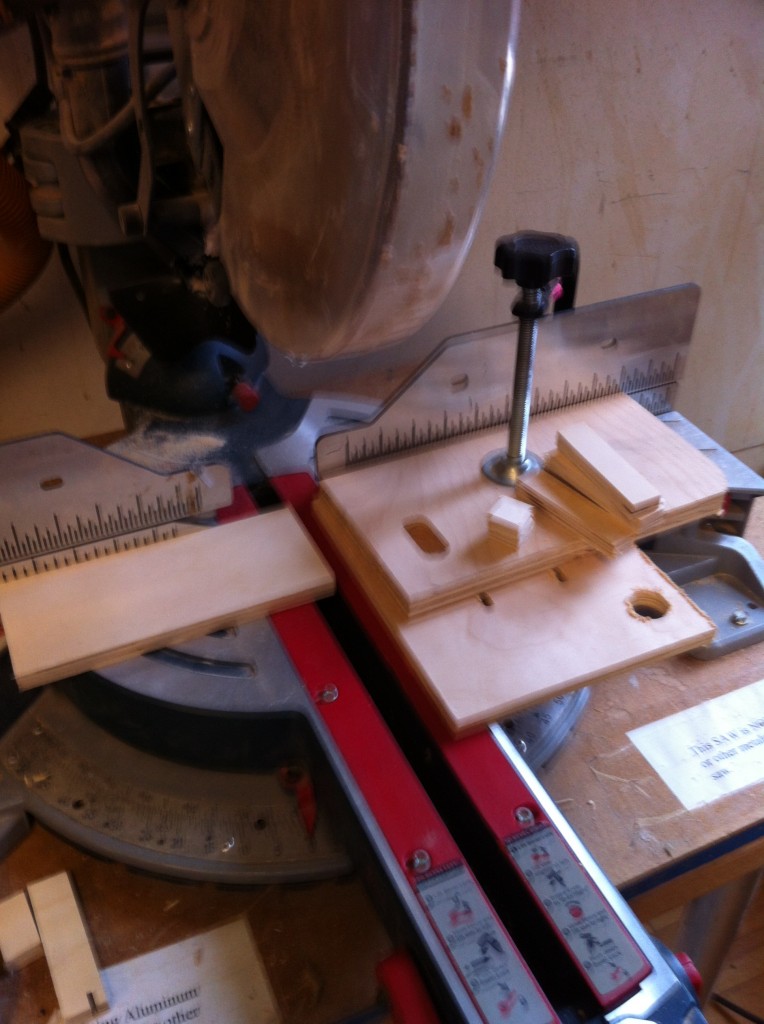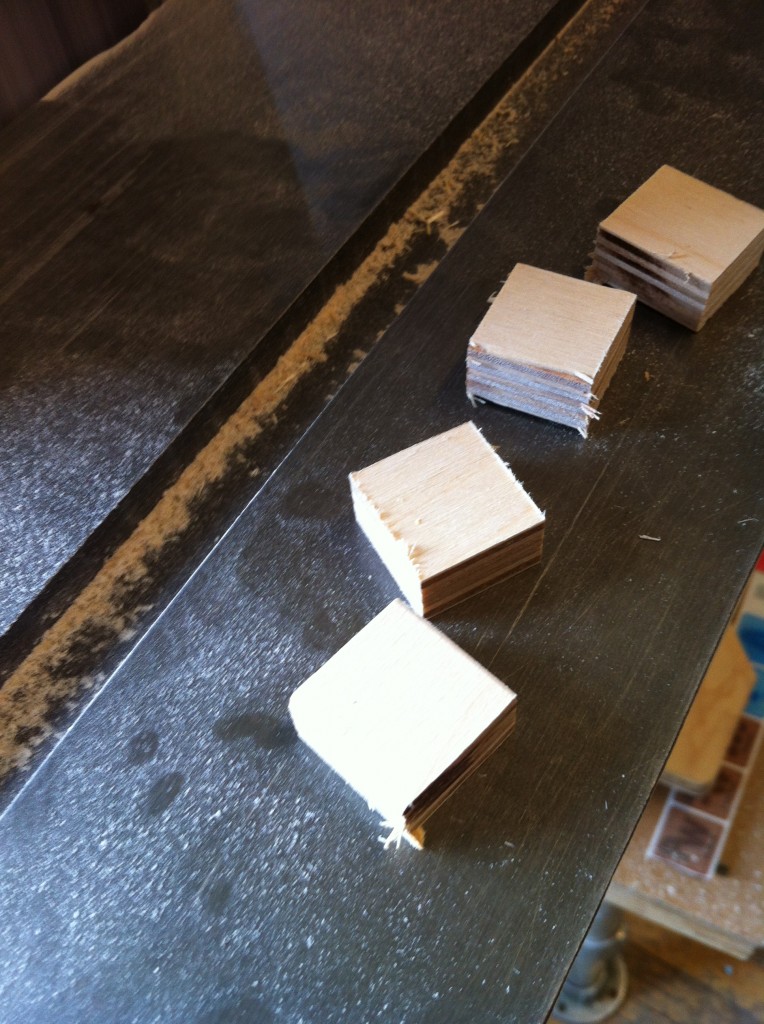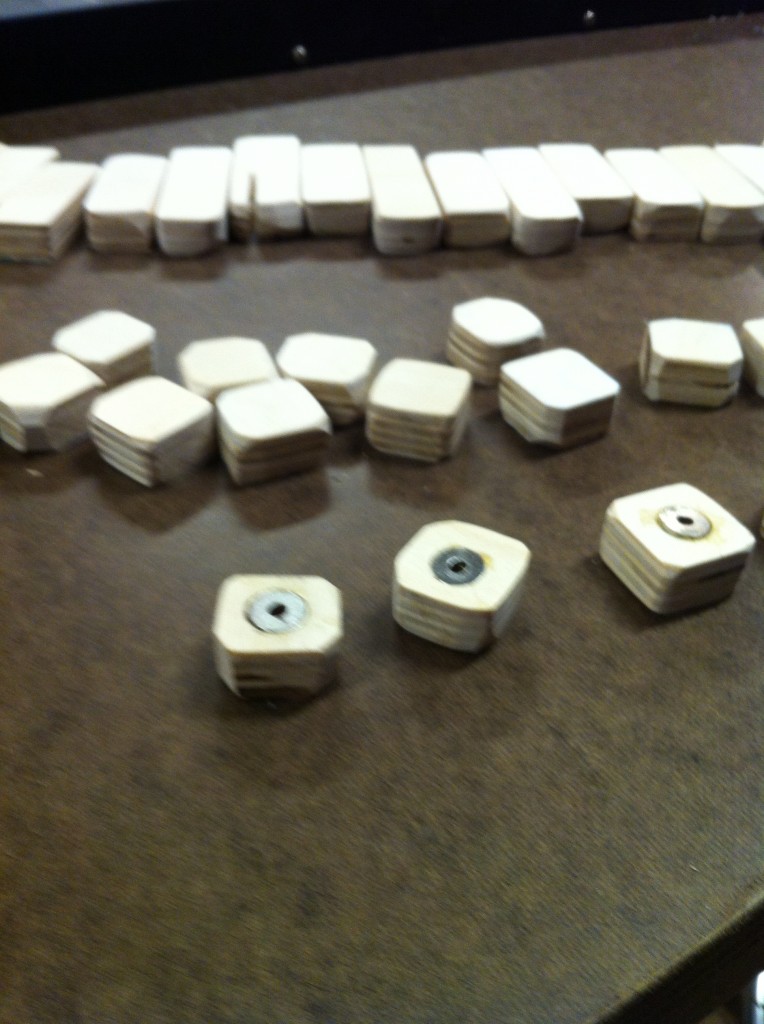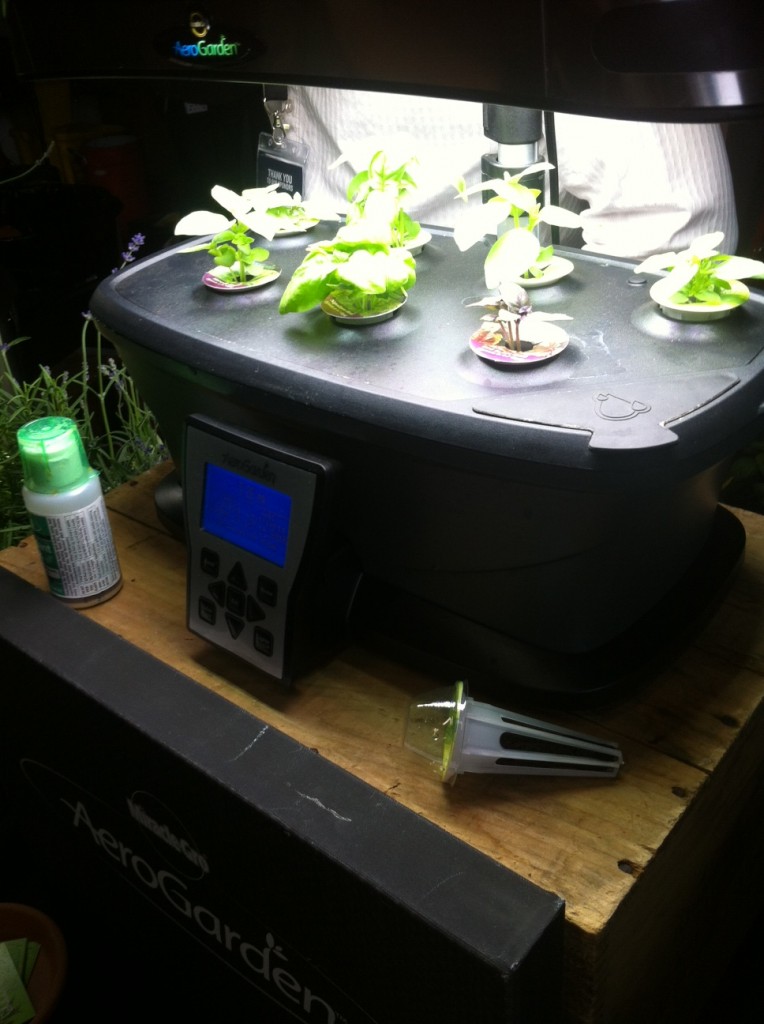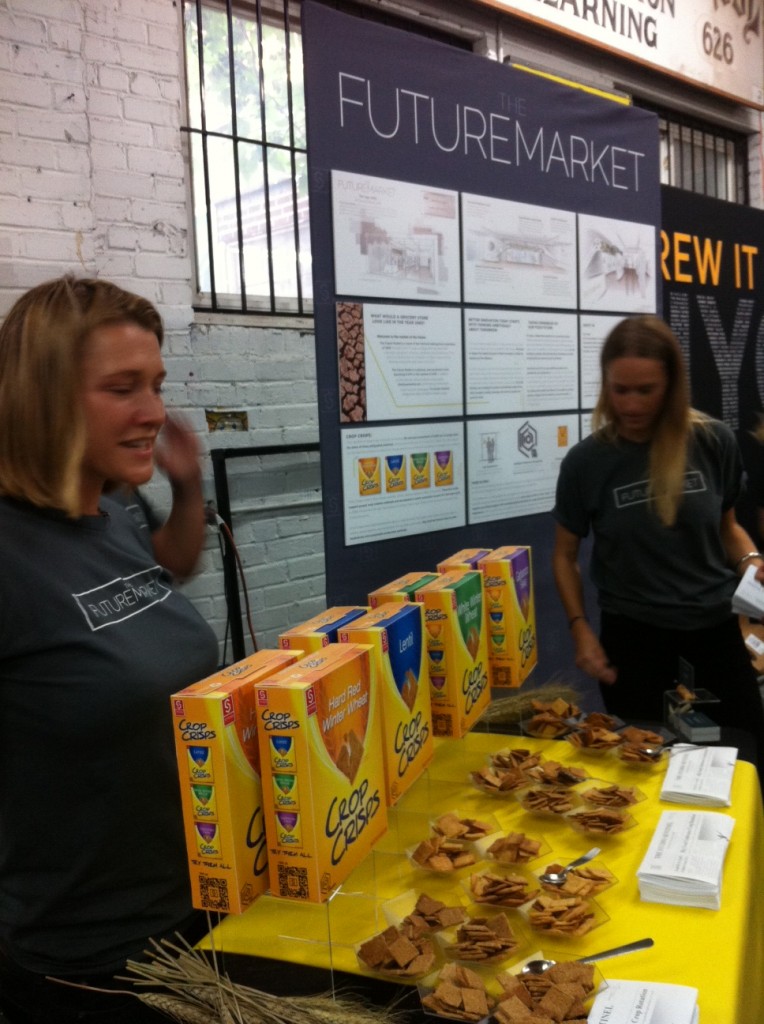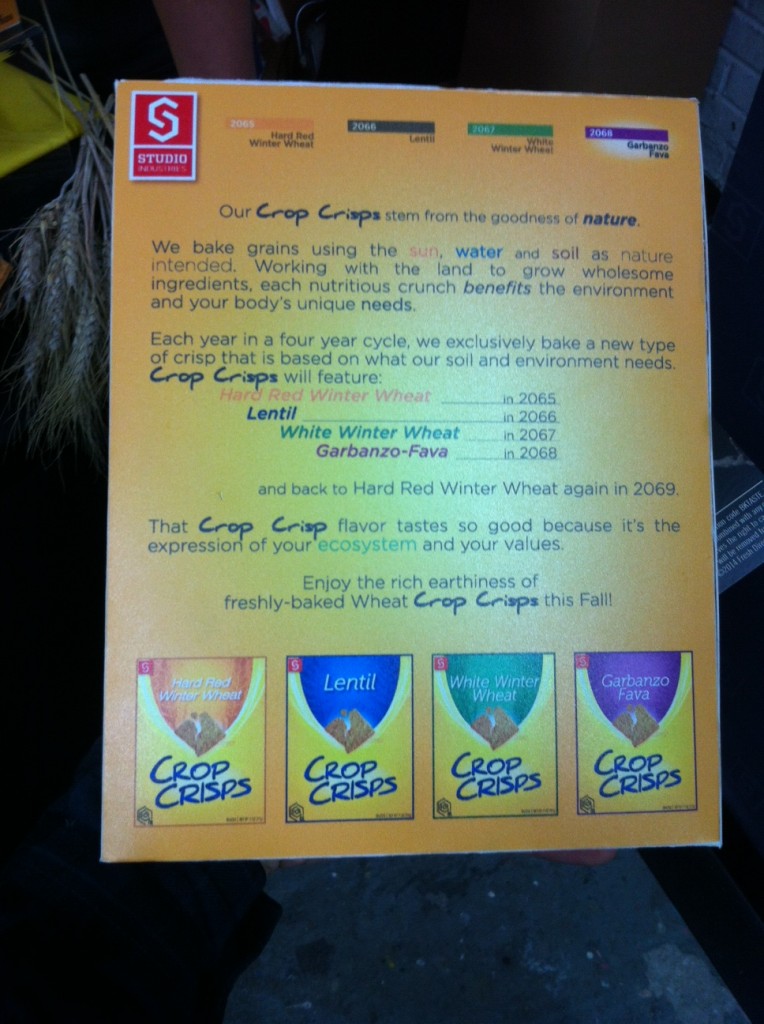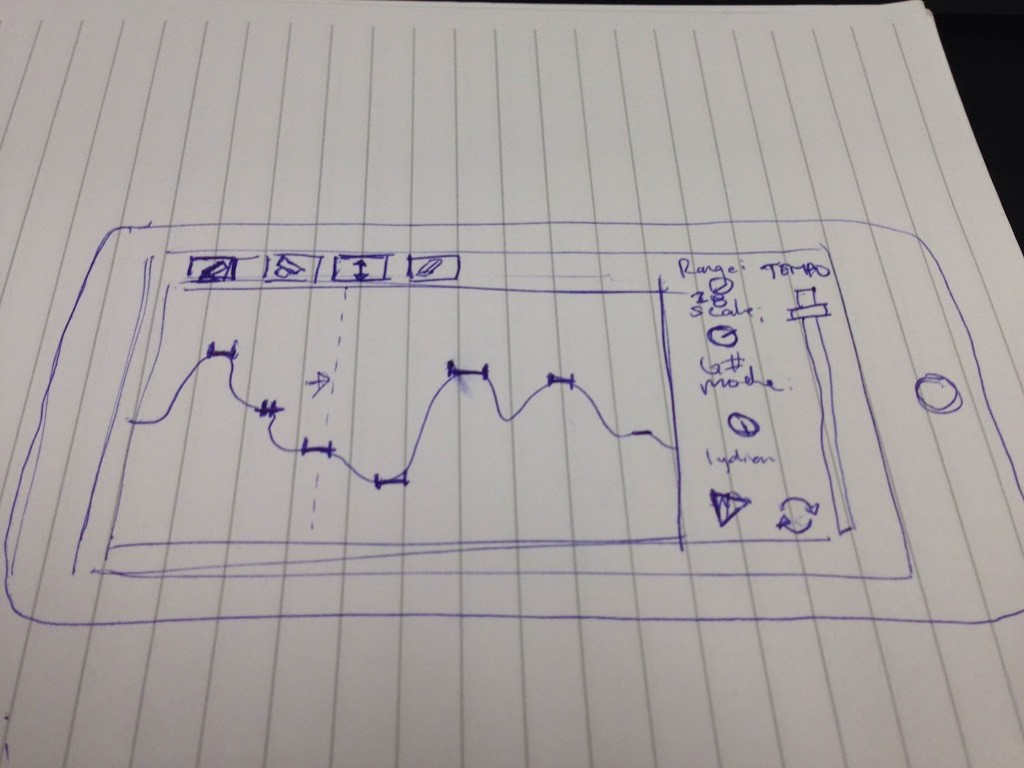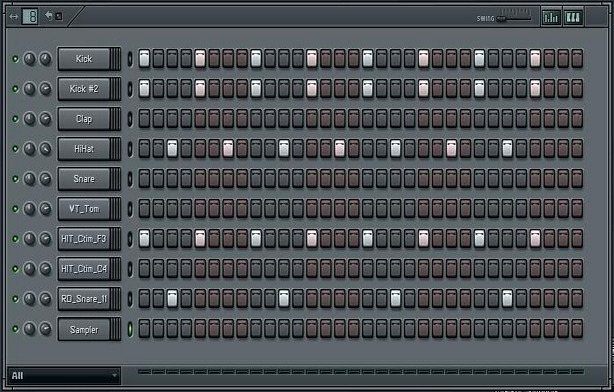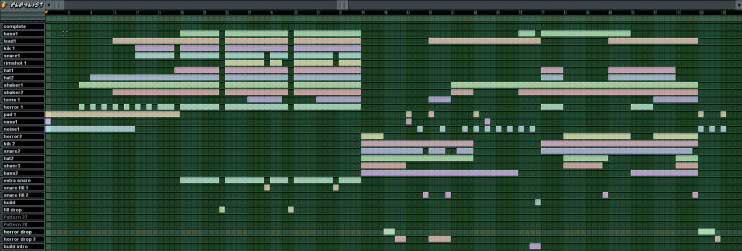Dinosaur Flesh is Back (x3)
from extinction
We couldn’t salvage their pea-sized minds
or their reptilian hearts.
But now that we can clone dinosaur flesh
at least that is a start
To all the friends at my birthday party
chompin down on t-rex nugs
How cool is it that this is dinosaur flesh?
Give your mom and daddy hugs
To all the friends at my birthday party
chompin down on t-rex nugs
How cool is it that this is dinosaur flesh?
Back from the Cretaceous
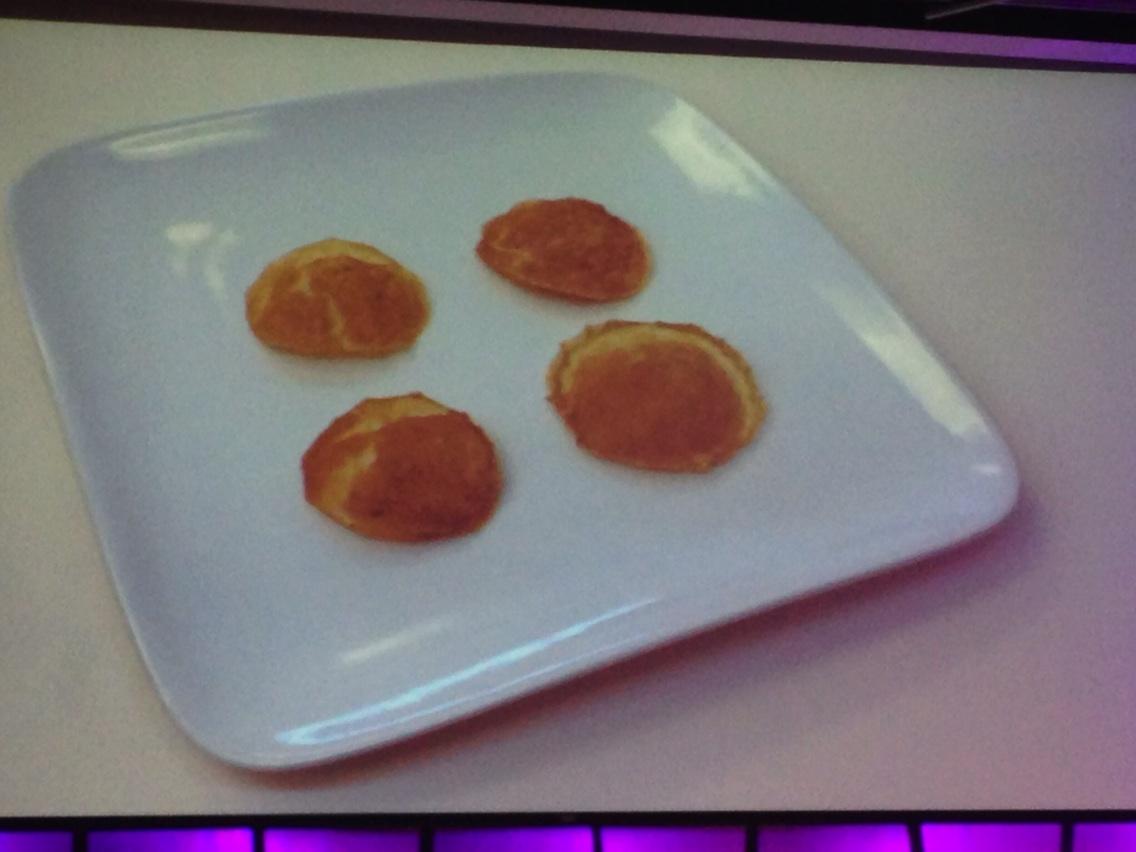

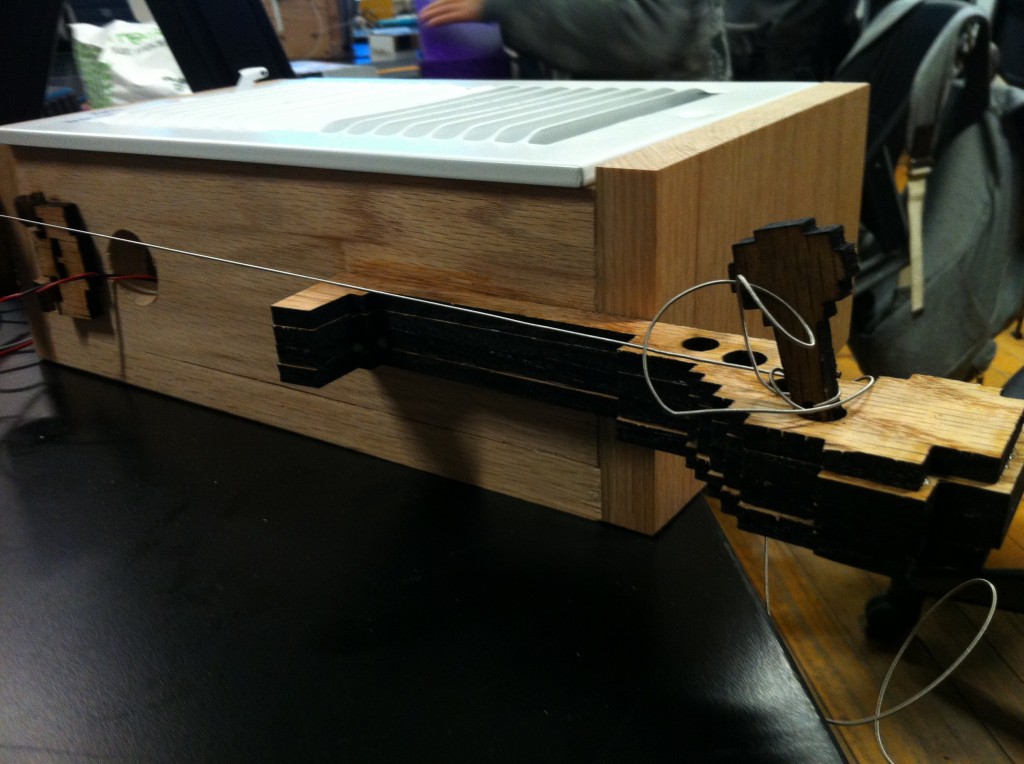 Heating grates sound great. I used to sit by them as a kid and strum metallic chords while basking in their warmth. It’s like campfire music.
Heating grates sound great. I used to sit by them as a kid and strum metallic chords while basking in their warmth. It’s like campfire music.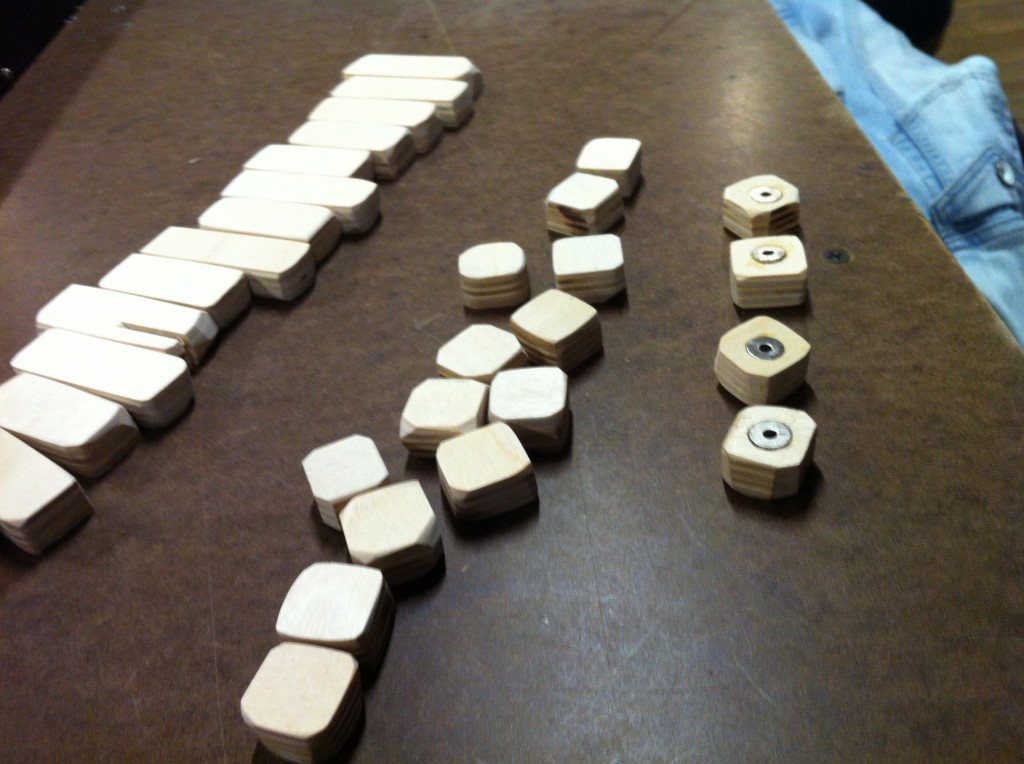
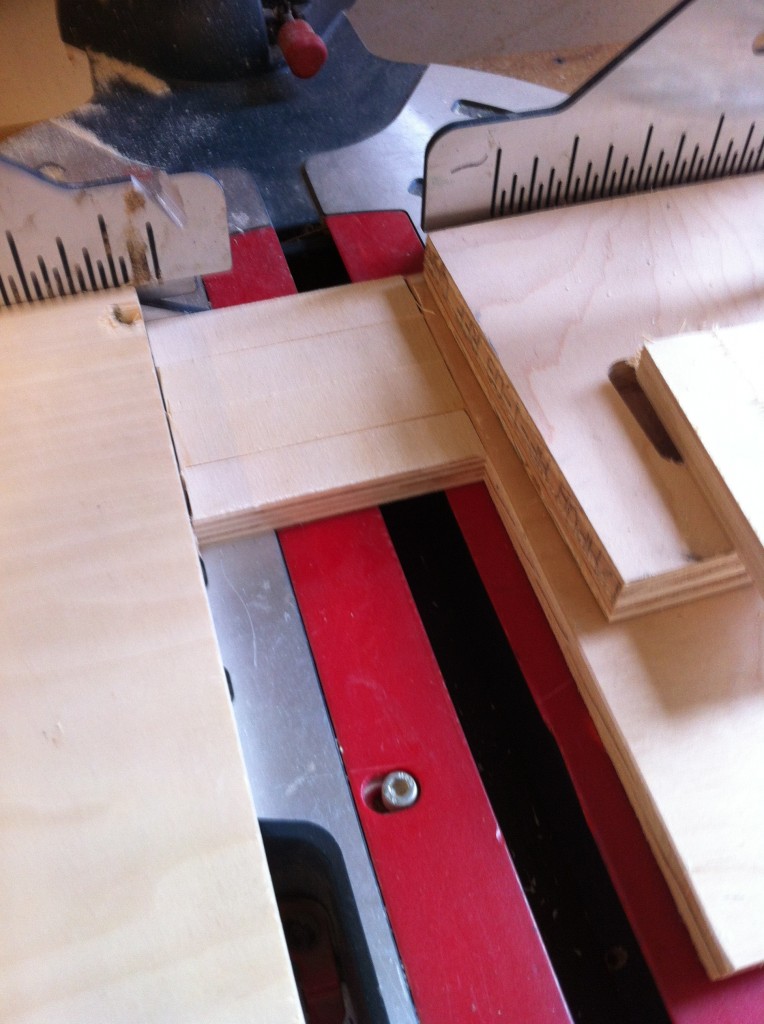 So I steadied the piece with my hand rather than trying to sandwich it.
So I steadied the piece with my hand rather than trying to sandwich it.